sū
revive
Phonosemantic compound. 艹 represents the meaning and 穌 represents the sound.
Evolution

Bronze script
Early Spring and Autumn (~700 BC)
Seal script
Shuowen (~100 AD)
Clerical script
Eastern Han dynasty (25-220 AD)Regular script
ModernDefinitions
sū
revive, resurrect; a species of thyme; transliteration of 'Soviet'; Perilla frutescens (Chinese basil or wild red basil); place name; to revive; used as phonetic in transliteration
Sū
Most common words with 蘇
Freq. | Word | Meaning |
|---|---|---|
place name | ||
Soviet Union, 1922-1991 | ||
Scotland | ||
Jiangsu province (Kiangsu) in southeast China, abbr. 蘇|苏, capital Nanjing 南京 | ||
Suzhou prefecture level city in Jiangsu |
Component uses
Sound component in 1 character (1 verified)
Sources
